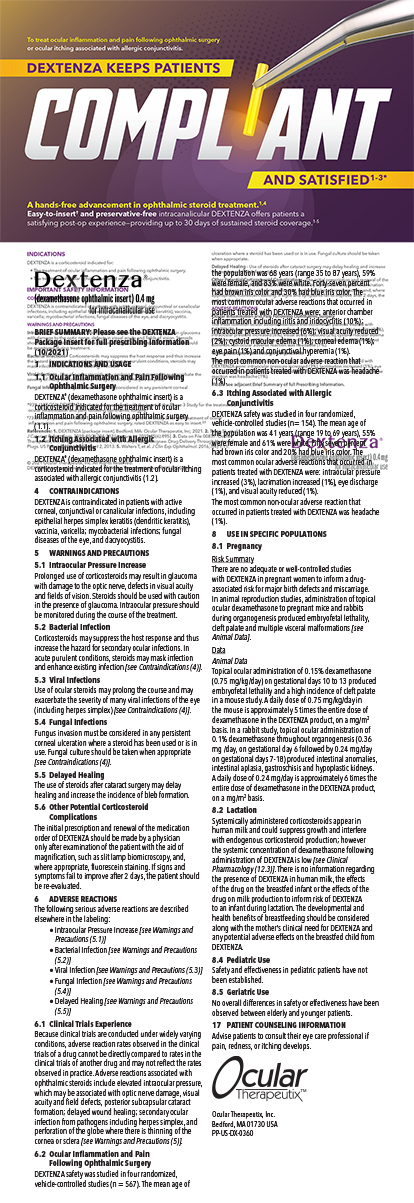What do you enjoy most about cataract and refractive surgery?
I love the technical aspects of microsurgery, the mathematics of refractive calculations, the advances in ophthalmic devices, and the seemingly magical ability to give patients the gift of sight. My profession is my passion. I take pride in all aspects of my work, from treating patients and performing surgery to teaching residents and writing articles. Balancing my private practice, academic teaching, consulting endeavors, and personal life keep me very busy. Sometimes, I feel like I am burning the candle at both ends, but my work always puts a smile on my face.
What are the advantages of combining private practice with academics?
Over the past few decades, surgeons in private practice have blazed the new trails in cataract and refractive surgery. Phacoemulsification, laser vision correction, and now premium IOLs have all gained momentum through the efforts of private practitioners. Academic medical centers have contributed to ophthalmology with breakthroughs in research, therapeutics, and teaching. I want the best of both worlds: the autonomy and high level of patient care at my private practice as well as the teaching opportunities at an academic setting.
What do you enjoy about teaching?
To teach, you not only have to truly master the subject, but you must also simplify it and present it in a manner that is conducive to learning. I have been blessed with great teachers throughout my life, from grade school to medical school and beyond. I am indebted to my superb mentors at the University of California Los Angeles (UCLA) Jules Stein Eye Institute who taught me ophthalmology and the art of surgery. I continue to learn from the many leaders in ophthalmology, and I will spend the rest of my career honing my skills as surgical techniques evolve. Teaching the new generation of surgeons gives me an opportunity to shape our profession and gives me great personal satisfaction, particularly when my former residents go on to teach their own students.
In addition to instructing the surgical residents at UCLA every week, I have taught ophthalmologists in 30 countries around the world. As the chief of ophthalmology at Olive View UCLA Medical Center and an associate clinical professor at the UCLA School of Medicine, I am privileged to oversee a department that accommodates 20,000 clinical visits and 2,000 surgical procedures per year. I have taught cataract and anterior segment surgery to more than 100 residents and medical students over the past decade, while performing more than 1,000 charitable cases at the county hospital.
What is your advice to the next generation of cataract and refractive surgeons?
I advise surgeons-in-training to be their own toughest critics and, if given the chance to bet on themselves, always to bet the farm. They will encounter many obstacles and opportunities in their professional and personal lives, and only a combination of hard work and determination will help them to forge a path.
The biggest challenge currently facing ophthalmology is health care reform. I am not sure how the reimbursement for cataract surgery will pan out, but I know that it is still the most amazing surgical procedure in all of medicine. When people realize that cataract surgery affects how they view the world for the rest of their lives, I think they will finally realize the value of their surgeons' work.
According to your CV, you are interested in mechanical watches. What do you like about these instruments?
Mechanical watches are fascinating because they are microscopic self-contained machines and pieces of art, the function of which depends on their components working together in synchrony. Similarly, each type of ocular tissue contributes to the process of translating photons into beautiful sight.
When I was born, my father purchased a stainless steel Paul Newman Daytona chronograph that he wore for many years. As a kid, I loved that watch so much that we made a deal. My dad and I agreed that he would give the watch to me if graduated high school as valedictorian. I achieved my goal and received the watch as a graduation present. My father told me that he would have given the watch to me even if I had not been valedictorian, because he believed the journey was more important than the destination. The Daytona chronograph is by far my favorite watch. Every time I look at it, I am reminded how fortunate I am to have such a great dad.


